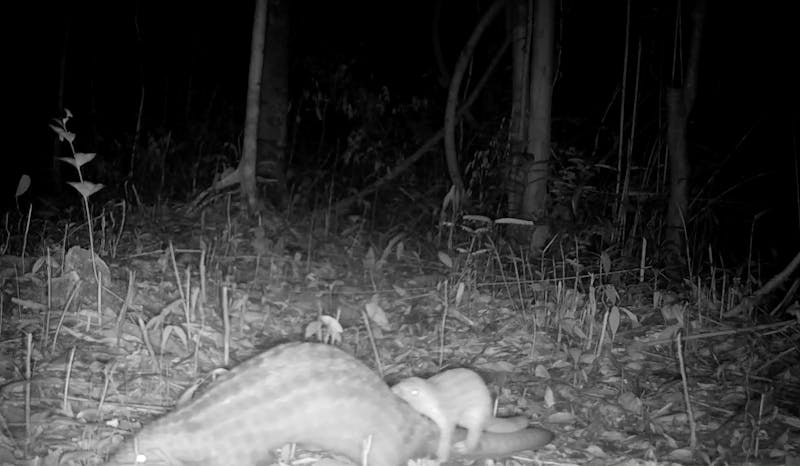Conservation International, in collaboration with the Cambodian government and partners, have completed the first-ever camera trap study of the Central Cardamom Mountains Landscape. Images from the 147 cameras deployed reveal the presence of 108 species, 23 of which are vulnerable or higher risk on the IUCN Red List, underscoring the region’s significance as a global biodiversity hotspot.
With over 95 percent of its forests intact, the Central Cardamom Mountains Landscape is one of Cambodia’s least deforested areas. The research team overcame logistical challenges, including rugged terrain and resource limitations, by leveraging collaboration with local communities, Indigenous peoples, and provincial rangers. This inclusive approach ensured effective implementation and will enrich conservation strategies through traditional ecological knowledge.
In addition to being a critical sanctuary for endangered species, the Central Cardamom Mountains is also a carbon storage hub and a vital watershed supporting over 30,000 people. The study’s findings will be used to prioritize conservation interventions, foster public-private partnerships, and support nature-positive livelihoods within the landscape.

A pangolin pup hitches a ride on its mother's back. Camera traps were deployed across the Central Cardamom Mountains Landscape, capturing 65 bird species, 38 mammal species, and five reptile species, highlighting that its importance as a habitat of high conservation value.